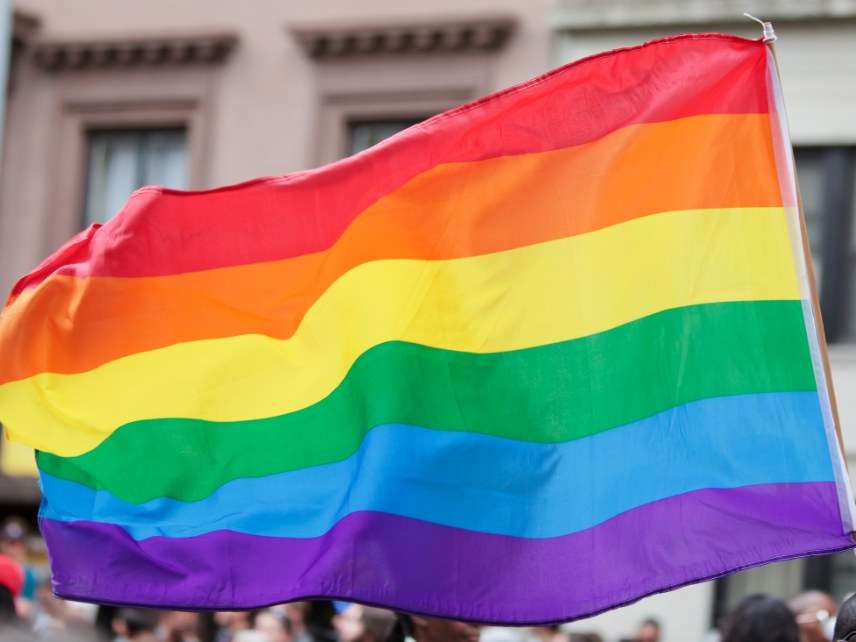Federal Agencies Split on Whether Civil Rights Act Protects Against Anti-Gay Discrimination
The Department of Justice argues that sexual orientation isn't covered unless Congress adds it.

The Department of Justice and the federal Equal Employment Opportunity Commission (EEOC) are at odds over whether sexual orientation is covered by the bans on sex discrimination in the Civil Rights Act of 1964.
The EEOC believes, and has repeatedly argued over the past few years, that discrimination against people on the basis of sexual orientation or gender identity is already covered within the Civil Rights Act. They present this argument despite the fact that most people treat these categories as separate and that at the time of the passage of the act, legislators were most certainly not attempting to protect gay or transgender people from workplace discrimination.
In a brief filed yesterday for a workplace discrimination case in the U.S. Court of Appeals for the 2nd District, the Department of Justice contradicted the EEOC, telling the court that discrimination on the basis of sexual orientation is specific and different from discrimination on the basis of sex and is not covered under the Civil Rights Act.
Court precedents have made it more complicated to separate out what the law means when it talks about sex discrimination. A Supreme Court precedent set in 1989 established that discrimination on the basis of "gender stereotyping" counts as sex discrimination. So punishing a male employee for being feminine or a female employee for being masculine can be forbidden.
Efforts to use this concept to oppose discrimination against people for being transgender began prior to Barack Obama's presidency, but his administration ultimately supported the idea. The idea that Title VII of the Civil Rights Act already covers transgender discrimination is what prompted the Obama administration to oppose North Carolina's controversial "bathroom bill." The administration also argued that Title IX of the Education Amendments of 1972, which bars sex discrimination, also requires public schools to accommodate transgender students by allowing them to use the gender-separated facilities (restrooms, locker rooms) of their choice.
Under Attorney General Jeff Sessions, the Department of Justice has already withdrawn the guidance to schools that was sent under the Obama administration, stating that federal courts are still split on the underlying issues.
This week the Department of Justice weighed in on that workplace discrimination case, which hinges on whether Title VII covers sexual orientation. The department's attorneys argue that it does not. They argue that Congress has the authority to decide whether to add sexual orientation as a protected class, has had numerous opportunities to do so over the years, and has not. "The theories advanced by the EEOC and the Seventh Circuit lack merit," they state. "These theories are inconsistent with Congress's clear ratification of the overwhelming judicial consensus that Title VII does not prohibit sexual orientation discrimination."
It remains to be seen whether this argument from the Justice Department will influence the outcome of the case. In April, the U.S. Court of Appeals for the 7th Circuit ruled, 8-3, that the Civil Rights Act does prohibit discrimination on the basis of sexual orientation as a form of sex discrimination. As I noted at the time, these cases seem likely to end up before the Supreme Court eventually.
Read the Department of Justice's brief here.




Show Comments (208)